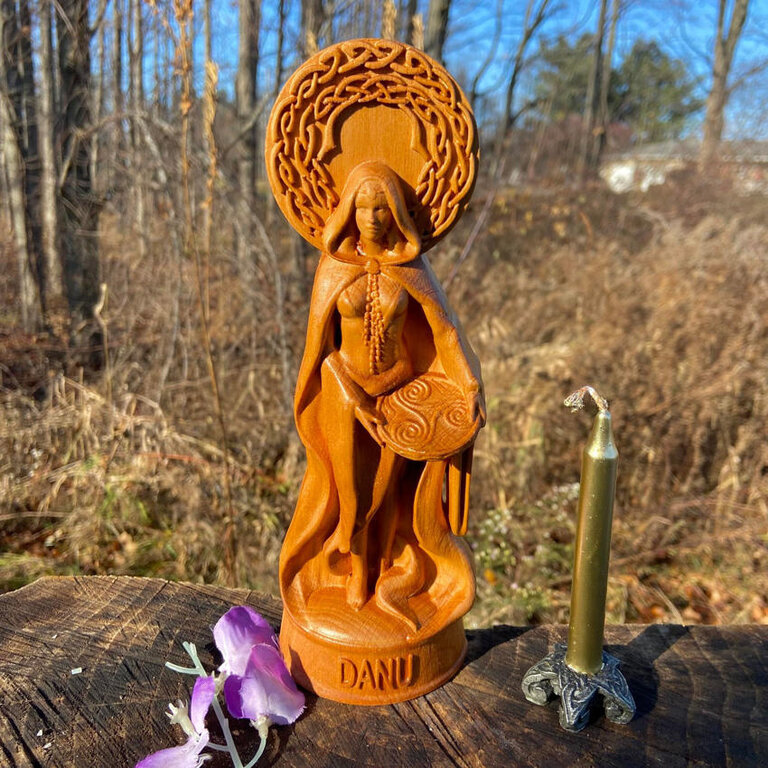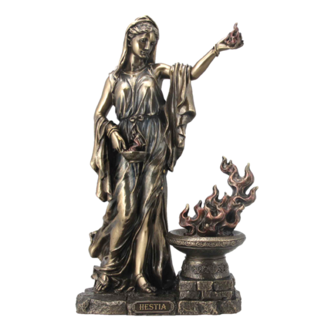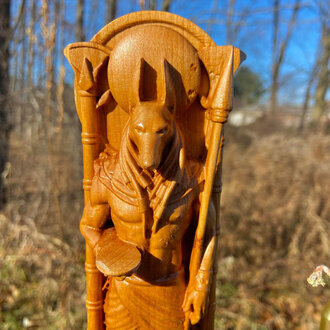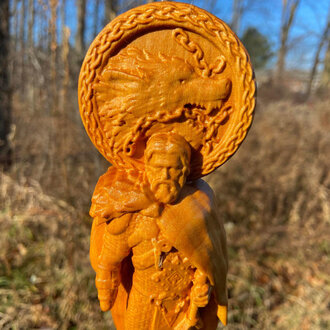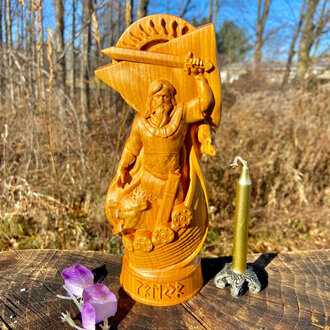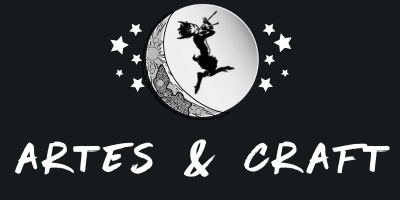
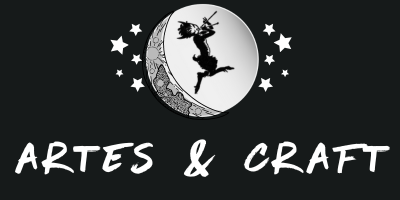

Login
Log in if you have an account
Register
Having an account with us will allow you to check out faster in the future, store multiple addresses, view and track your orders in your account, and more.
Create an accountWe proudly import these from Northern Europe! A small pagan company in Ukraine hand carves these amazing altar statues of the pagan gods and goddesses BY HAND! Most pagan statues on the market are “cold cast resin” – which is fine, but they are basically resin/plastic and mass produced. These are unique, every detail is hand carved! These are tools you will be proud to pass onto the next generation!
Approximately 9 inches high.
Carved from beautiful Alder, one of the famous Celtic Ogham trees. Alder trees feature often in Celtic Mythology and Folklore. They are said to be home to fairies, they are the symbol of Bran in Welsh Mythology and are most often associated with water, secrecy, nature, spirituality, and balance. Alder trees were a source of great mystery to the Celts. Their sap turns a deep red when exposed to the air, as if they could bleed when cut. The bleeding bark and affinity with water led to many negative superstitions about the trees. Alders were considered highly sacred, mysterious and secretive, often thought of as representing nature itself and containing the souls of our ancestors. For this reason Alder is a great choice for a hand carved pagan god or goddess statue for your ritual altar!
Danu is the most ancient of the Celtic gods. She was referred to as the mother of the Irish gods, which indicates that she was a mother goddess. In this guise she probably represented the earth and its fruitfulness. Many place names in Ireland are associated with her, most notable the Paps of Anu in Kerry, which resemble the breasts of a large supine female, part of the land. She is the ‘beantuathach’ (farmer), which reinforces the fertility aspect of the goddess. Rivers are associated with her, and represent the fertility and abundance in a land. There is a suggestion that Danu might have had dual characteristics, one being the beneficent, nurturing mother goddess, and another being the strong, malevolent side of the warrior goddess. The root “dan” in ancient Irish means art, skill, poetry, knowledge, and wisdom.
Not many stories of the goddess Danu survive, but there are several allusions to her that help us to piece together her personality.
She is associated in one story with Bile, the god of light and healing. Bile was represented as a sacred oak tree that was fed and nurtured by Danu. This union resulted in the birth of Daghdha. The strength and stability of this male figure needed the nurturing nature of the land in order to flourish.
She is most associated with the Tuatha Dé Danaan, the people of the goddess Danu. These were a group of people, descended from Nemed, who had been exiled from Ireland, and scattered. It is thought that Danu offered them her patronage, under which they succeeded in rebanding, learning new and magical skills, and returning to Ireland in a magical mist. The mist is thought to be the loving embrace of Danu herself. She is seen as having influenced them, nurturing these broken people back to strength, and imparting magic and esoteric wisdom to them. The Tuatha Dé Danaan are the clearest representatives in Irish myth of the powers of light and knowledge. In this story we can identify aspects of the nurturing mother goddess, the teacher imparting wisdom, as well as the warrior goddess who does not give up.
The Tuatha Dé Danaan were associated with Craftsmanship, music, poetry and magic, as was Danu herself.Danu was clearly a very powerful and fundamental earth goddess, from which all power, wisdom and fecundity of the land poured forth. She was a wisdom goddess of Inspiration and intellect (In this case she is very similar to the goddess Brigit, who is thought to be the same goddess with a different title). She was also a teacher, as she passed many of her skills on to the Tuatha Dé Danaan. She also had aspects of the warrior goddess. In Danu we find traces of the triple goddess, so commonly associated with Irish goddesses.
